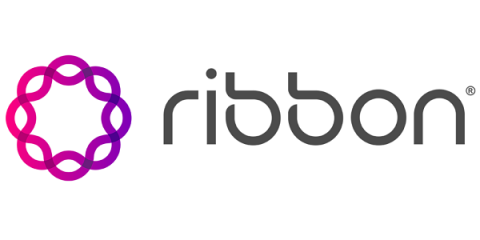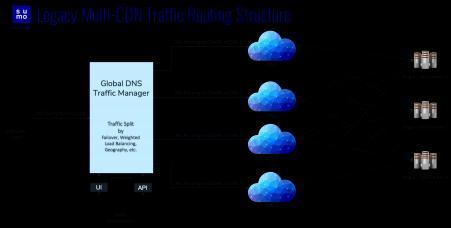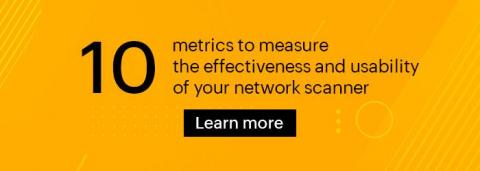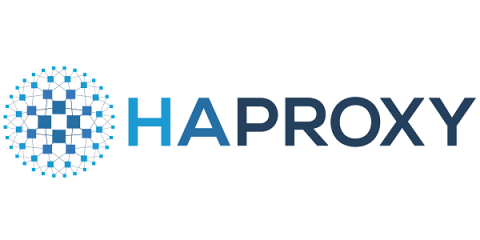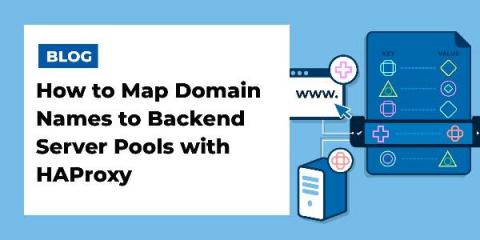Operations | Monitoring | ITSM | DevOps | Cloud
Networks
The latest News and Information on IT Networks and related technologies.
Operators and Service Providers' Lucrative 5G First-Mover Opportunity
The next-generation of mobile connectivity is rapidly bringing supercharged mobile gaming, Internet of Things technology, and a smarter, better-connected world to consumers’ fingertips. As 5G rapidly evolves and brings new possibilities, it presents a wealth of opportunities for mobile network operators (MNOs) to differentiate their services with high performance applications; and for wireline operators to deliver differentiated backhaul transport services, but they need to act quickly.
Why Cisco embraces Elastic for IT infrastructure transparency
This post is a recap of a presentation given at ElasticON 2020. Interested in seeing more talks like this? Check out the conference archive. Network infrastructure is the engine that drives a company’s business. As companies scale, assets that compose this infrastructure become more complex to manage. That means there’s more hardware, more software, and more subscriptions and services that require tracking.
How to Dynamically Auto-Steer your Traffic to Multi-CDN or Multiple Data-Centers
11 Types of Networks: Understanding the Differences
Features to check for in a network scanner for enterprise networks
Network scanners have become an integral part of every IT admin’s first line of defense against security breaches. Using the right network scanner tool to conduct effective network reconnaissance and diagnosis enables you to pinpoint network issues that can escalate to security risks and network mishaps. A typical network scanner would allow you to scan a range of IP addresses sequentially, and display the active devices within that address block.
Six Enterprises Power the Uptime of the Cloud Era with HAProxy Enterprise
How to Map Domain Names to Backend Server Pools with HAProxy
Your HAProxy load balancer may only ever need to relay traffic for a single domain name, but HAProxy can handle two, ten, or even ten million routing rules without breaking a sweat.
Incident Communication Is a Key Part of Resolving Network Issues
HAProxy Monitoring (the InfluxDB Way)
My personal experience with HAProxy dates back to my work with a previous company, where we used HAProxy to do load balancing between pairs of servers with specific roles. Those servers are the core of the major payment gateway in Uruguay, where thousands of users use them every day to pay their bills, recharge their mobile phones, pay parking fees, and even play lottery numbers.


